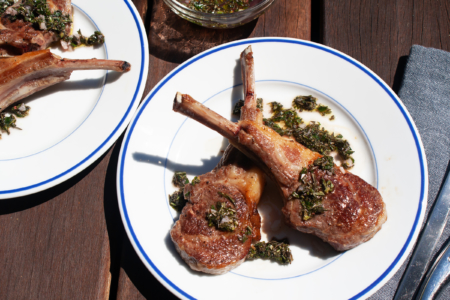In my Dad’s opinion, no beer can be left behind. Whether it’s a beer that is light, dark, heavy, foamy, bitter, or sweet, if it’s consumable, he’s a fan. If you’re a little more nuanced about your beer drinking habits, this article is for you. It delves into the ins and outs of dark beers, specifically, those satisfying and often surprising stouts.
Stouts v. Porters
Stouts and porters have a long running history, but beer historians will tell you that porter has been around longer than stout. Dark beers became en vogue in the early 18th century. After the popularity boom of British brown ales, brewers started roasting grains to much deeper and darker levels. The dark, almost black, beers were called porters. When brewers started increasing the brew’s alcohol by volume (ABV), they started calling these beers stout porters (stout meaning ‘stronger’ beers). Over time, the ‘porter’ in stout porter was dropped and these stronger beers were referred to simply as stouts.
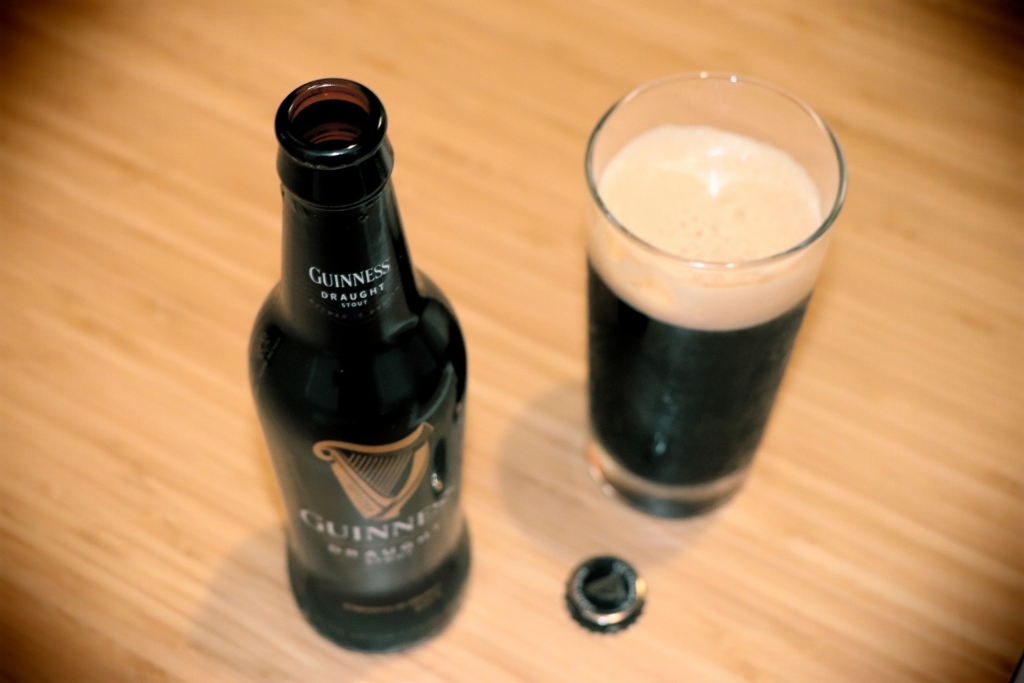
Nowadays, it is the brewer that determines whether their dark beer is called a stout or porter, regardless of ABV. The dark beer lines are officially blurred, and stouts and porters are relatively interchangeable. But these modern similarities do not mean brewers are slowing their creativity; instead they are developing different styles within the categories.
Types of Stouts
There are five different types of stouts available on the market today with a range of flavors.
1) Milk Stout
Milk stouts are made with, you guessed it, milk! More specifically, they are made with milk sugar known as lactose. Lactose balances the bitterness of the dark roasted grains and hops, imparting both sweetness and smoothness.
2) Oat Stout
Like milk stout, this stout uses oats to add body, a smooth mouthfeel, and sweetness to the finished beer.
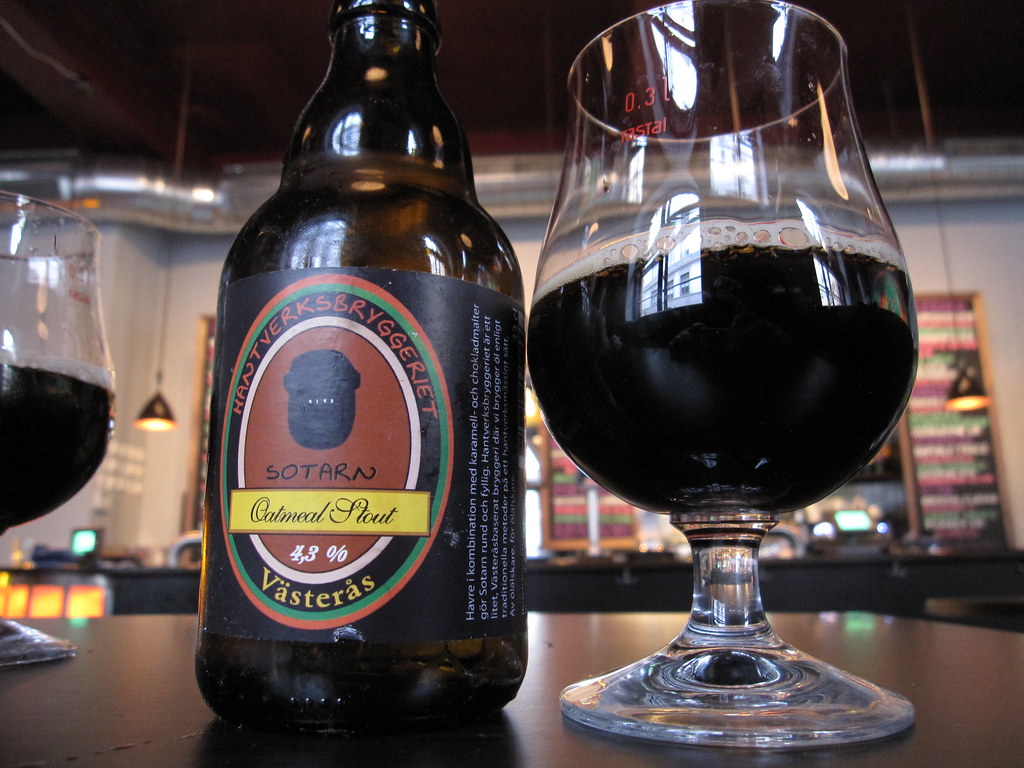
3) Dry Stout
This is a style of stout that you are probably most familiar with, especially if you’ve ever sipped a Guinness. Dry stouts, or Irish stouts, rely on the natural, mild sweetness of the roasted grains instead of the added sweetness of milk or oats. As a result, these beers are more bitter than sweet. These beers are also infused with nitrogen (on draft and more recently in cans), giving them their iconic creamy, foamy heads.
4) Oyster Stout
Oysters (shells, meat, or both) have often been used in beer brewing for clarification. Oyster stouts will never taste ‘fishy’. The clarification process adds a level of cleanliness, while the oysters impart only faint notes of minerality or salinity.
5) Chocolate Stout
Could there actually be chocolate in your beer? Perhaps. More often than not, however, you are experiencing a roasting technique where the malt begins to exhibit chocolate-like characteristics. These beers are rich and somewhat sweet, perfect as an after dinner sipper.
Cooking with Stout
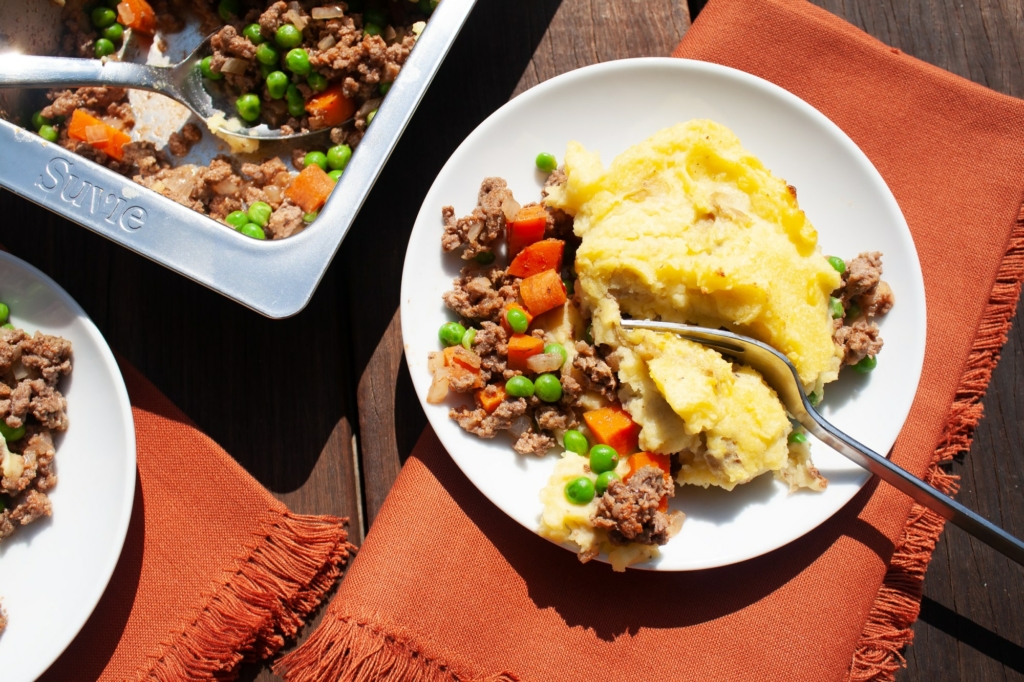
Beer has been used in cooking since its invention and stouts are no exception. Stout’s dark and roasty-toasty flavor profile makes them ideal for cold-weather cooking. Here are some of our favorite stout-infused recipes.
For dry stouts, hearty beef stews are ideal. Adding a few splashes of oyster stout to the meaty portion of shepherd’s pie will add some serious umami notes. Chocolate, oat, or milk stouts work wonders with desserts, like this Chocolate Stout Cake recipe.
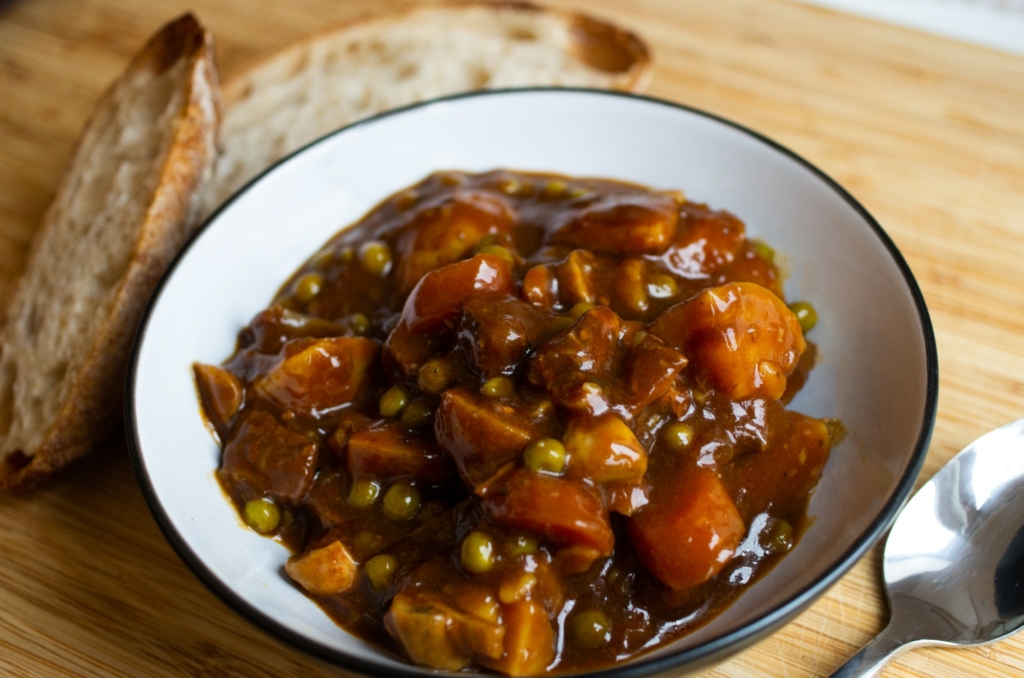
Feature Image: Flickr user Luis Wilker WilkerNet from Pixabay


